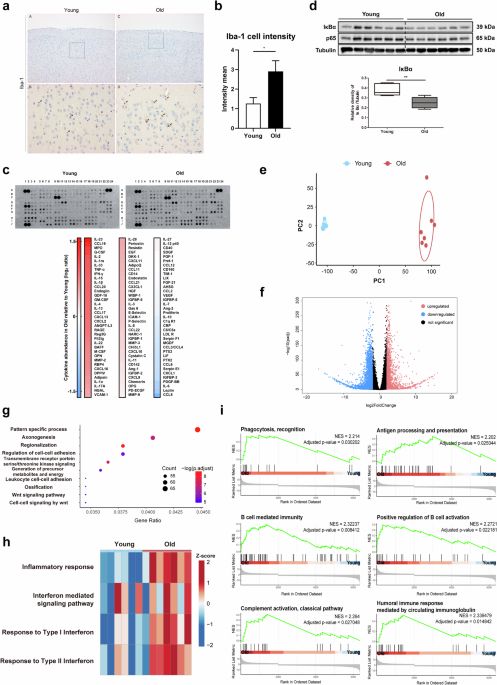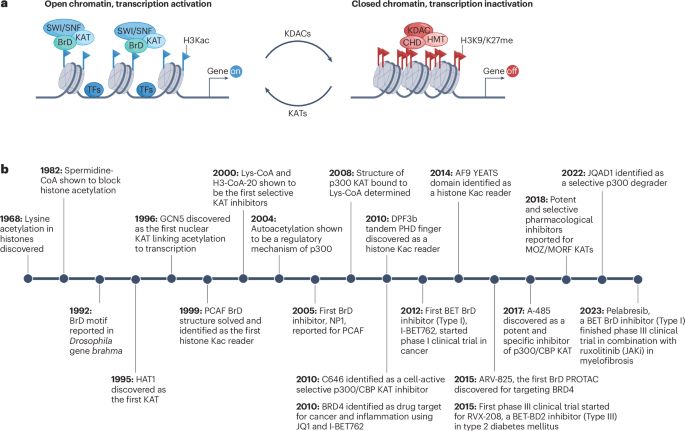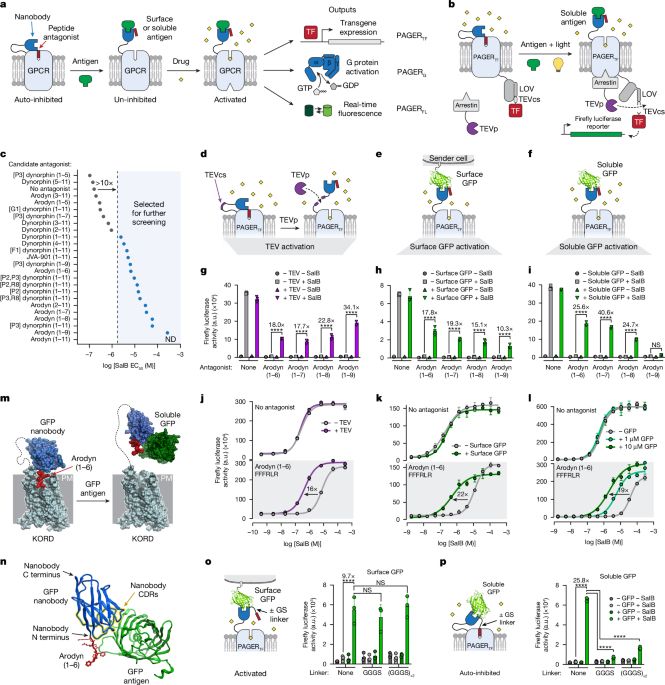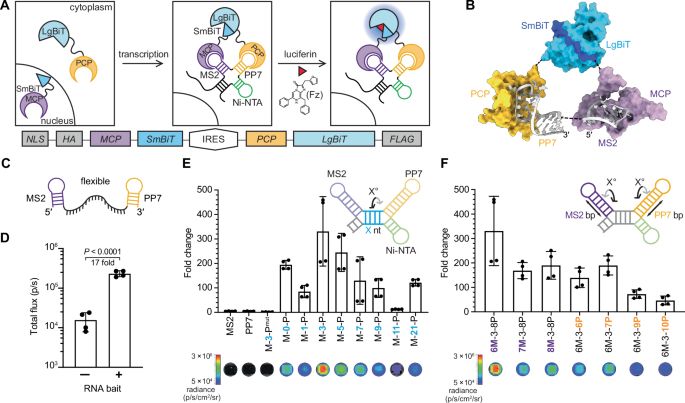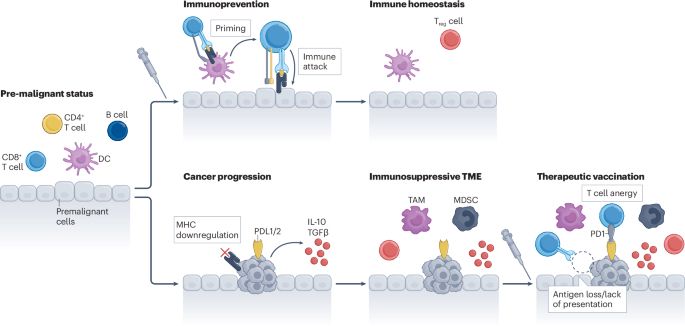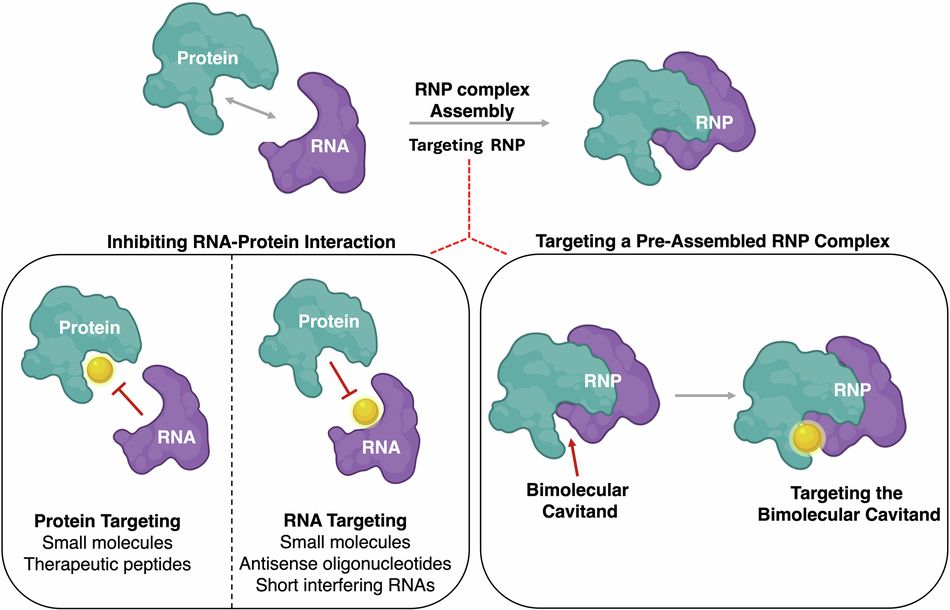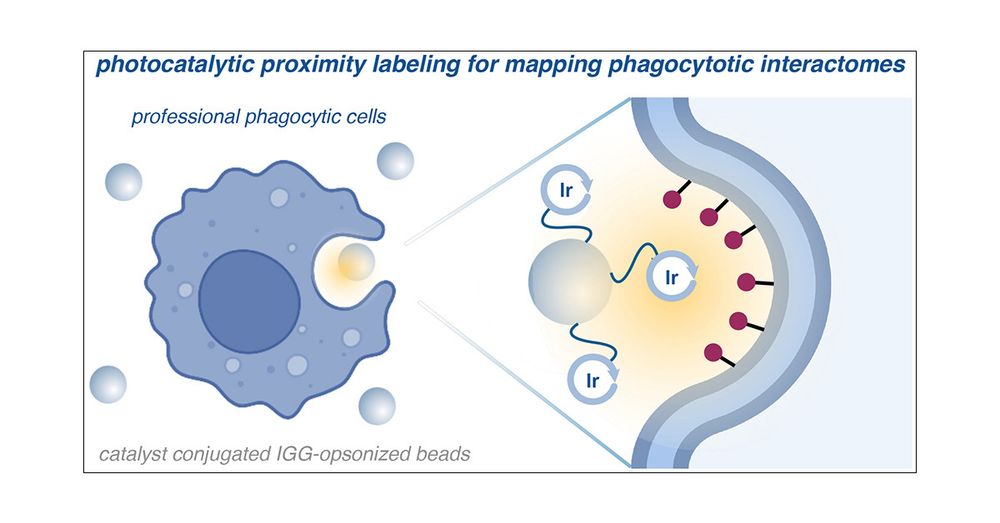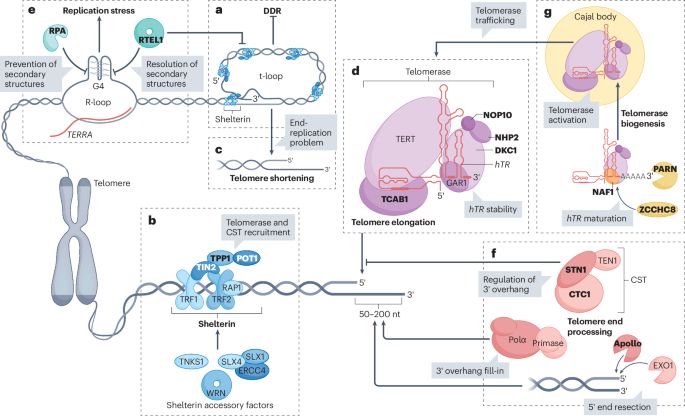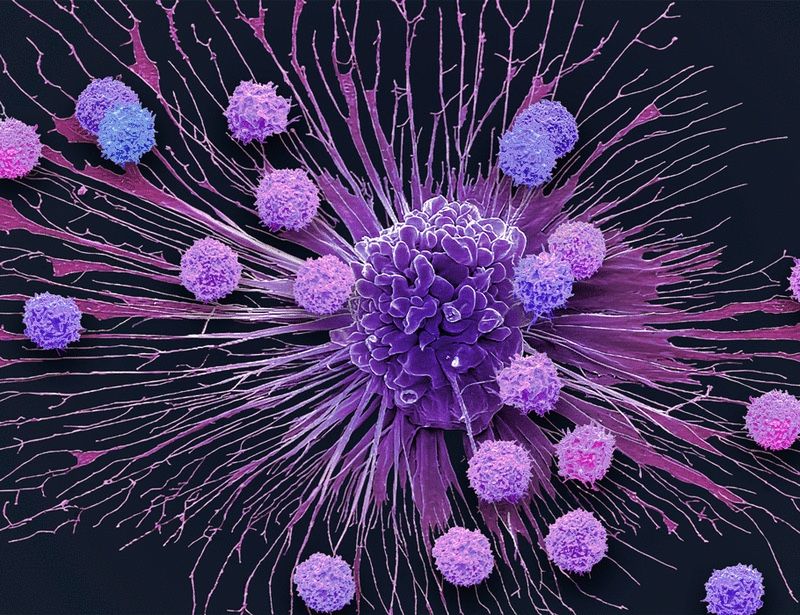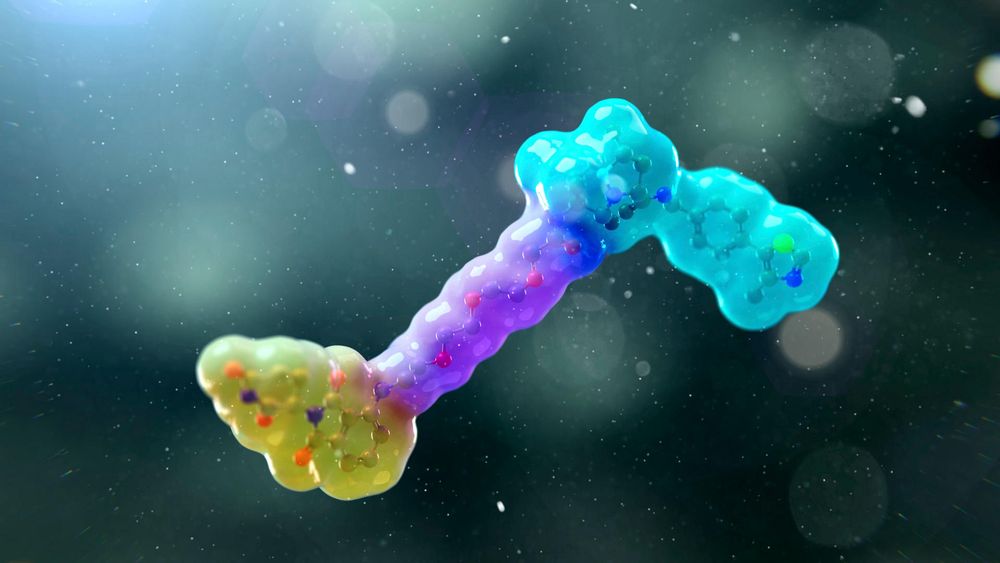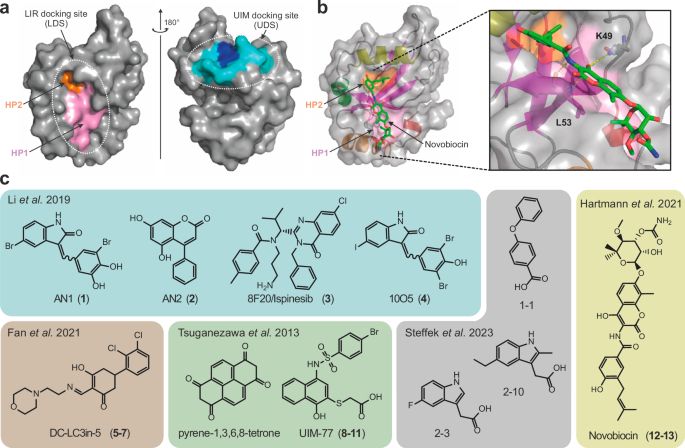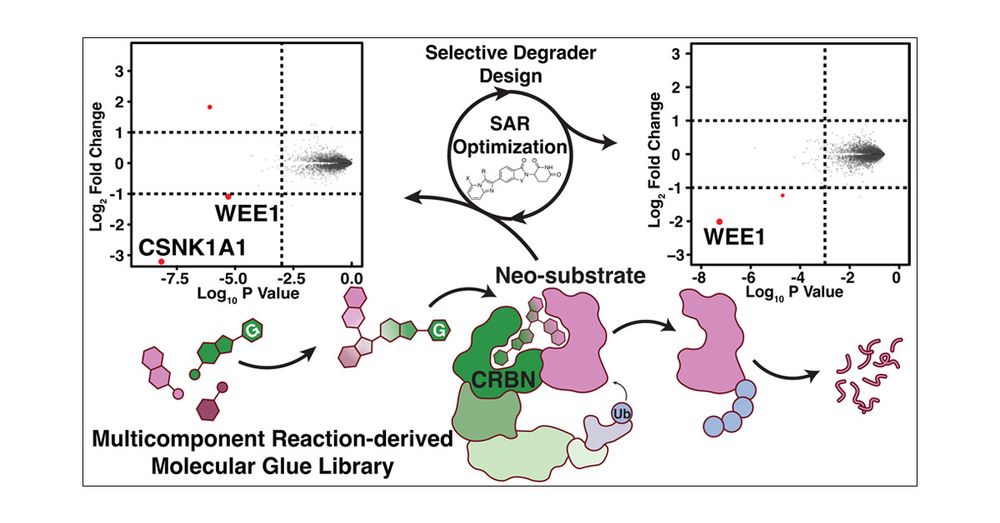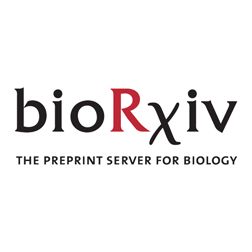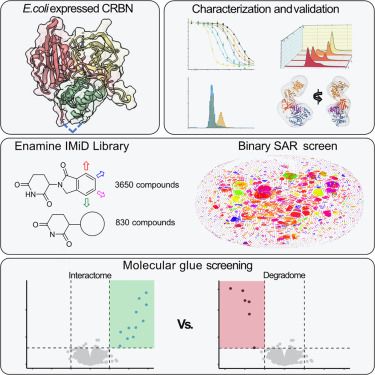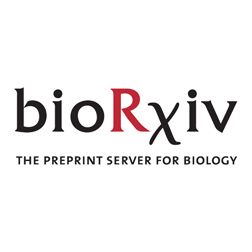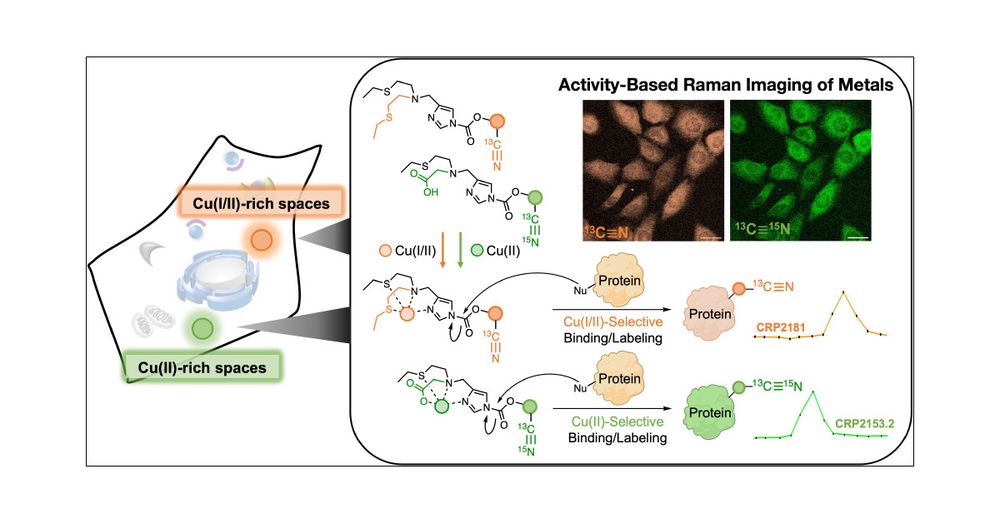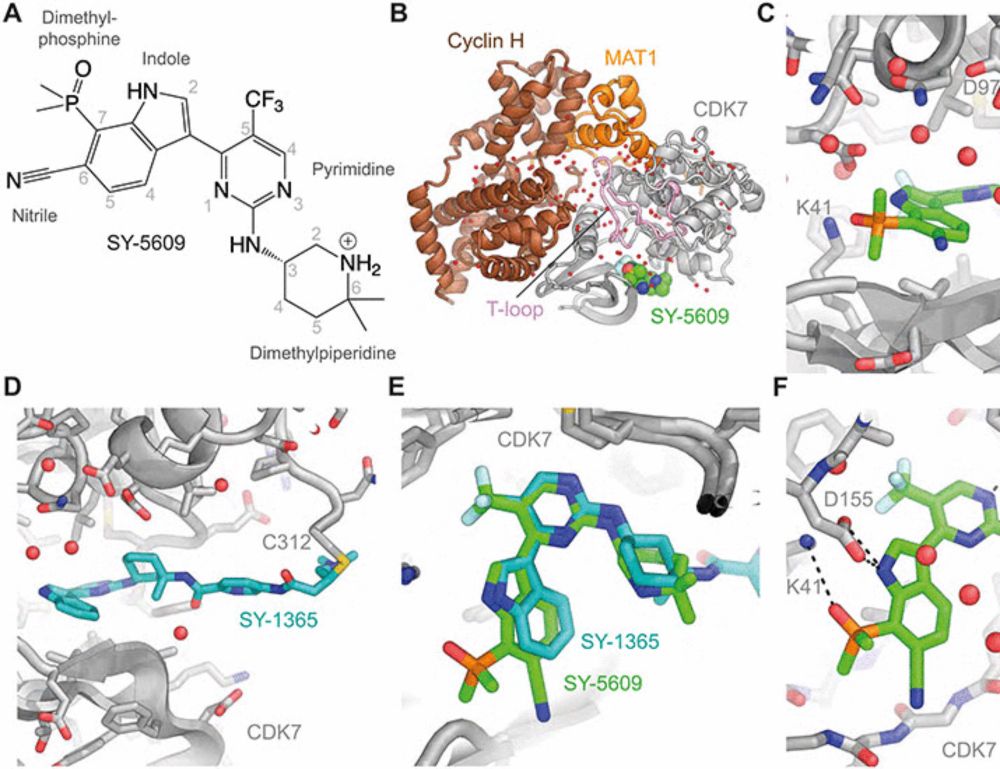
TFIIH kinase CDK7 drives cell proliferation through a common core transcription factor network
CDK7 kinase activity is found to control RNAPII transcription through a cohort of TFs that drive cell cycle and proliferation.
For our latest paper, we worked with SYROS Pharmaceuticals, the groups of Dylan Taatjes and Robin Dowell at CU Boulder, and @abhaykot.bsky.social. Junjie Feng in my lab determined the #cryoEM structure of the CDK7 inhibitor SY5609 bound to its target...
www.science.org/doi/10.1126/...
28.02.2025 21:40 — 👍 58 🔁 19 💬 5 📌 0

Excited about programming biology via induced proximity? Then mark June 2026 in your calendar and consider participating in the GRC Conference on Induced Proximity Modalities and Therapeutics that I am co-organizing with @danetteldaniels.bsky.social
tinyurl.com/brtuffam
30.01.2025 19:32 — 👍 22 🔁 7 💬 0 📌 0
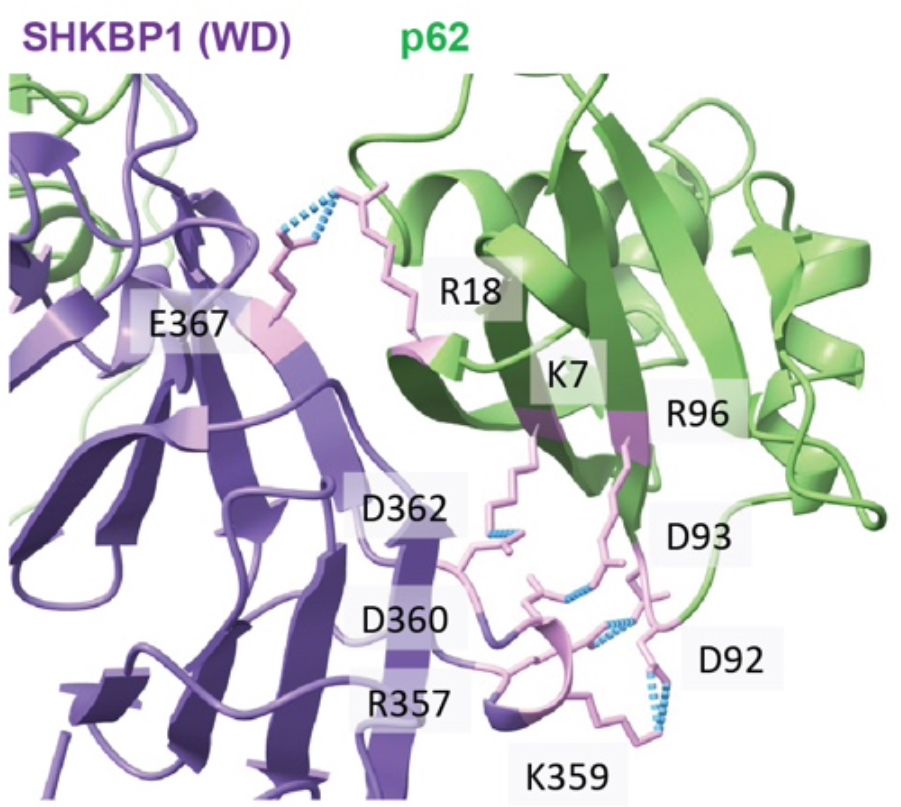
AlphaFold 3 prediction of the binding interface between SQSTM1/p62 and SHKBP1

Lin Luan

Xiaofu Cao
Our latest story: a protein-protein interaction between an E3 ubiquitin ligase and an autophagy adaptor affects liquid-liquid phase separation and sequestration of a key mediator of antioxidant signaling — but not via ubiquitination! Bravo to Lin Luan and Xiaofu Cao!
doi.org/10.1101/2025...
24.01.2025 22:00 — 👍 90 🔁 19 💬 0 📌 0
Our paper on computational design of chemically induced protein interactions is out in @natureportfolio.bsky.social. Big thanks to all co-authors, especially Anthony Marchand, Stephen Buckley and Bruno Correia!
t.co/vtYlhi8aQm
15.01.2025 16:37 — 👍 64 🔁 25 💬 1 📌 0
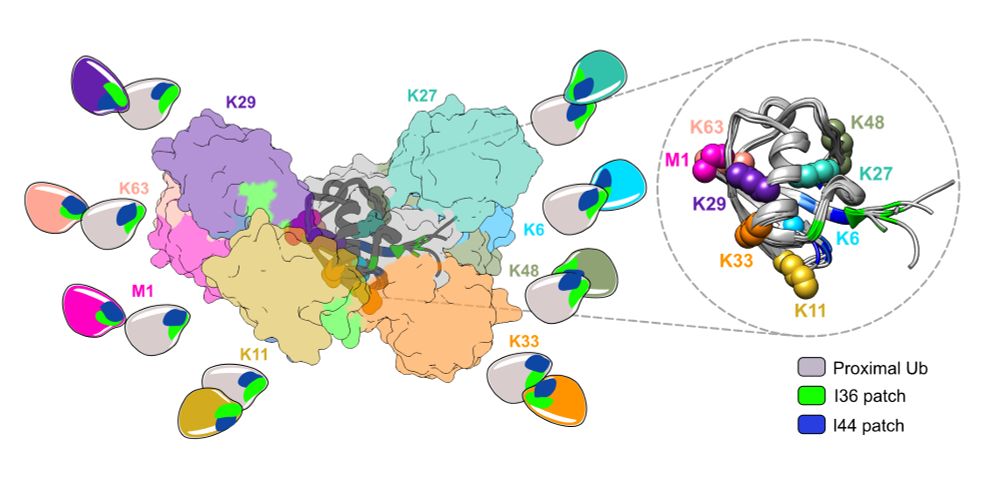
'Ubiquitin Lysine-Linkages' from the review 'Ubiquitin: a structural perspective' in Molecular Cell
New to #ubiquitin? Been with it for a while? Either way this review may be for you 🤩
Excited to share our review article in @molcell.bsky.social, diving deep into everything #ubiquitin
Read here 👉: kwnsfk27.r.eu-west-1.awstrack.me/L0/https:%2F...
@cellpress.bsky.social
@wehi-research.bsky.social
17.01.2025 02:19 — 👍 56 🔁 23 💬 1 📌 0
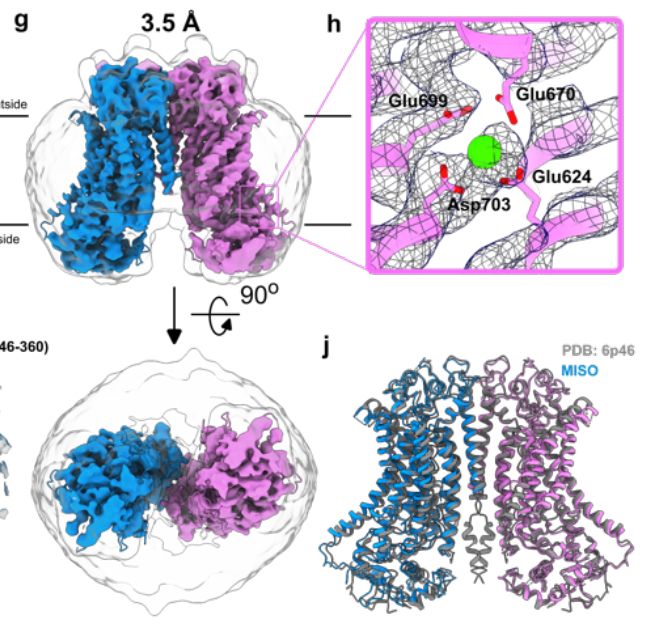
Protein production for cryoEM structure determination just got a lot cheaper - high resolution structure from half a plate of HEK cells with the "MIcro ISolation (MISO)" microfluidics-based approach. Congrats to the Brunner and Efremov labs in Brussels! www.biorxiv.org/content/10.1...
16.01.2025 22:57 — 👍 44 🔁 11 💬 0 📌 0
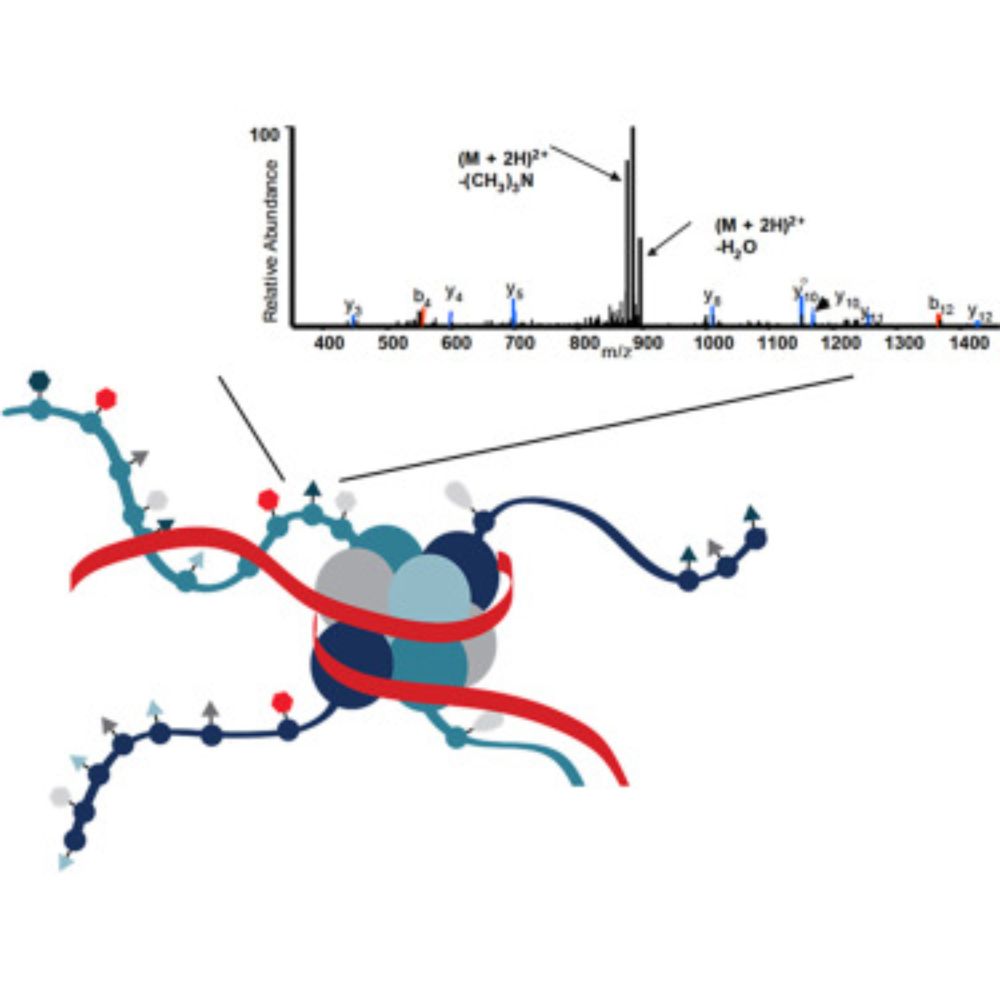
On the Hunt for the Histone Code
In BriefIn the early 2000s before high resolution mass spectrometers were readily available, the Hunt lab developed many approaches to analyze histone modifications on low resolution instruments.
In the early 2000s, Don Hunt's lab at UVa started developing mass spec based approaches to characterize histone PTMs. I and others were fortunate to be at the right place at the right time back then. Read an account about those early days here.
www.mcponline.org/article/S153...
12.12.2024 14:30 — 👍 65 🔁 17 💬 1 📌 1
One amazing aspect of cryo-EM revolution is there are a bunch of giant E3 Ubiquitin ligase complexes that are mechanistically accessible- this seems cool from the Rapé lab
03.12.2024 04:28 — 👍 24 🔁 10 💬 0 📌 0
Assistant Director, Chemoproteomics at the Nucleus, Sarafan ChEM-H, Stanford University
Utrecht University, ETH Zürich and University of Vienna alumna.
#TeamMassSpec #StructuralProteomics #Proteomics #StanfordProteomics
🇦🇹➡️🇨🇭➡️🇳🇱➡️🇺🇸
Washington University School of Medicine Professor | Diabetes Researcher | Stem Cell Biologist | Bioengineer | Inventor | STEM Educator | Former MIT & Harvard | Former Biotech VP | https://sites.wustl.edu/millmanlab/
Chief Brand Officer (CBO) at @ionopticks.bsky.social
LC-MS. Chromatography. Tech. Brand. Design.
Professor and Head of the Division of Molecular Therapeutics in MCB, UC Berkeley
Founder, Nurix and Lyterian Therapeutics
Excited about stress responses, ubiquitin, proteasome, targeted protein degradation, drug discovery
👩🔬 Associate Professor at Indiana University School of Medicine
🔬 Passionate about curiosity, lifelong learning, and inspiring the next generation of scientists.
Interested in how genome regulation and genetics shape β cells and diabetes pathways (and just as excited about each of these on their own)
Centre for Genomic Regulation – CRG, Barcelona.
Imperial College London; CIBERDEM
Associate Professor at Roswell Park Comprehensive Cancer Center. GPCRs and gene regulation in pancreatic cancer. Posts are mine.
Assistant Professor, Yale PET Center, Radiology and Biomedical Imaging
Research: diabetes, obesity, metabolism, endocrinology. PET imaging of pancreas, liver, adipose and brain.
(opinions my own)
Family 👪🐶🐶, swimming, cycling, trail running, 🎸
Scientist developing tools for gastrointestinal and kidney research @stemcell.com
#organoids, #stemcell, #PDAC, #diabetes, #kidney
Assistant Professor at the Barbara Davis Center for Diabetes at University of Colorado Anschutz Medical Campus. The Wortham lab studies how nutrients govern adaptive and maladaptive responses by pancreatic beta cells in health and metabolic disease.
Professor of Genetics, UPenn. Diabetes and organ development. Member of the Human Pancreas Analysis Program.
Department of Genetics, Institute for Immunology and Immune Health, Epigenetics Institute, University of Pennsylvania
https://vahedilab.com/ https://www.instagram.com/vahedilaboratory/
Stem Cell Research Scientist at Vertex Pharmaceuticals working on Type 1 Diabetes. Helmholtz Munich alumni.
All things pancreatic beta cell. Transcriptional regulation, functional genomics and more recently stem cell generated beta cells. Academic lead for BetaCell Birmingham @University of Birmingham UK
Professor, Department of Biological Sciences, University of Pittsburgh. RNA polymerase II mechanism, classic films, #classiccountdown once in awhile
Professor and Chair of WashU Chemistry. I’m a researcher, but I’m a #MentorFirst. Author of Labwork to Leadership.
Chemical biologist at MIT, passionate about glycoscience and all chemical biology
Editor-in-Chief @Cell Chemical Biology (@cellchembiol.bsky.social). Passionate about the impact of chemical biology.
chemical/synthetic biologist, Luddite trying to find better ways to make molecules that do important stuff, dad, @uchicago professor of chemistry
http://www.dickinsonlab.uchicago.edu/



